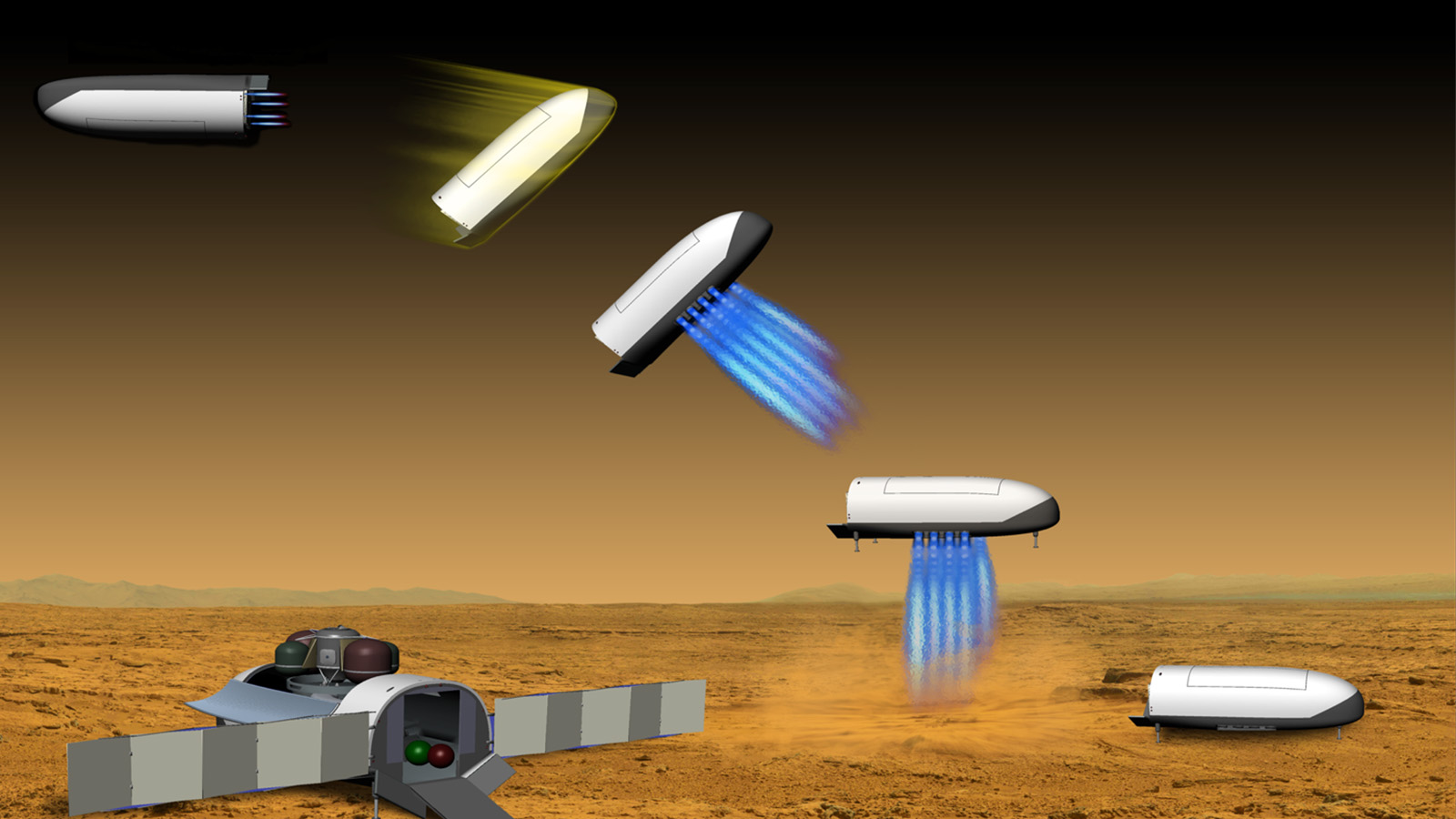Stay Up to Date
Submit your email address to receive the latest industry and Aerospace America news.
The Multidisciplinary Design Optimization Technical Committee provides a forum for those active in development, application and teaching of a formal design methodology based on the integration of disciplinary analyses and sensitivity analyses, optimization and artificial intelligence.
Researchers at the Massachusetts Institute of Technology, University of Texas at Austin and Jessara Group released in May experimental data and a code suite that demonstrates the calibration and deployment of a structural digital twin for an uncrewed aerial vehicle. In August, Rolls-Royce UK and its university research centers at Southampton and Sheffield presented novel turbomachinery topology MDO applications, carried out as part of the European Union-funded Multidisciplinary Adjoint-based Enablers for Large-scale Industrial Design in Aeronautics, or Madeleine, project. One of these studies achieved a reduction of up to 10 decibels in a fan while still improving its aerodynamic efficiency and structural integrity.
Several important software releases were delivered to the user community for OpenMDAO, NASA’s open-source high-performance modeling and optimization platform. In August, the Co-Optimization Bluntbody and Revolutionary Aircraft, or COBRA, team ported its model of a medium lift-to-drag rigid Mars entry vehicle design concept, named CobraMRV, to a programmatic OpenMDAO interface. The upgrades enabled model solution in multiple computing environments and will greatly reduce the time required for large design space and optimization studies. In June, the University of California San Diego published ATOmiCS, a multiphysics topology optimization toolbox in OpenMDAO with fully automated adjoint-based derivative computation. In August, the University of Michigan developed new coupling methodologies within OpenMDAO to study the design and integration of advanced propulsion systems. The capability enabled large parameter studies and solution of fully coupled multipoint aeropropulsive design optimization problems.
In May, Sandia researchers leveraged novel developments in uncertainty quantification to better enable statistical goal orientation within optimization under uncertainty. The researchers expanded the Dakota software using a multilevel Monte Carlo methodology to provide formulations for robust/reliable design at a reduced computational cost.
In July, IRT Saint Exupery released a new version of Generic Engine for Multi-disciplinary Scenarios, Exploration and Optimization, or GEMSEO, providing a disruptive approach to couple industrially mature, highly detailed models using a unique bilevel formulation. Airbus has used GEMSEO as part of its companywide digital transformation program.
In July, researchers at Stanford University developed new MDO capabilities for the design of electric vertical takeoff and landing and short takeoff and landing configurations in its SUAVE conceptual design framework. This included modeling of battery degradation, aeropropulsive coupling between propellers and lifting surfaces, and acoustic prediction methods for vehicle-level noise.
In August, researchers at the University of California San Diego published the open-source library PENGoLINS, which extends the computational fluid dynamics concepts of immersed boundaries and overset meshes to the structural analysis domain.
The Engineering Sketch Pad software package version 1.19 was released in June, funded by the U.S. Air Force Research Laboratory’s Multidisciplinary Science and Technology Center through the Enhanced Computational Aircraft Prototype Syntheses program. Executed by MIT, Syracuse University and Mississippi State University, the release contained enhancements to the software interfaces, a speed boost of geometric sensitivity calculations and improved mesh generation capabilities. Additionally, the NATO technical team on goal-driven, multifidelity approaches for military vehicle system-level design, or AVT-331, co-led by the Air Force Research Laboratory and the National Research Council of Italy, developed analytical and vehicle-scale (air, sea, space) benchmark problems to evaluate different multifidelity methods.
In May, the Air Force Institute of Technology in collaboration with the University of Michigan, Ohio State University and Virginia Tech received a three-year contract for MDO-based hypersonic vehicle development, funded by the University Consortium for Applied Hypersonics. In July, a team led by the University of California San Diego received a three-year contract through NASA’s University Leadership Initiative to use MDO to investigate the design of urban air mobility vehicle concepts.
Stay Up to Date
Submit your email address to receive the latest industry and Aerospace America news.




